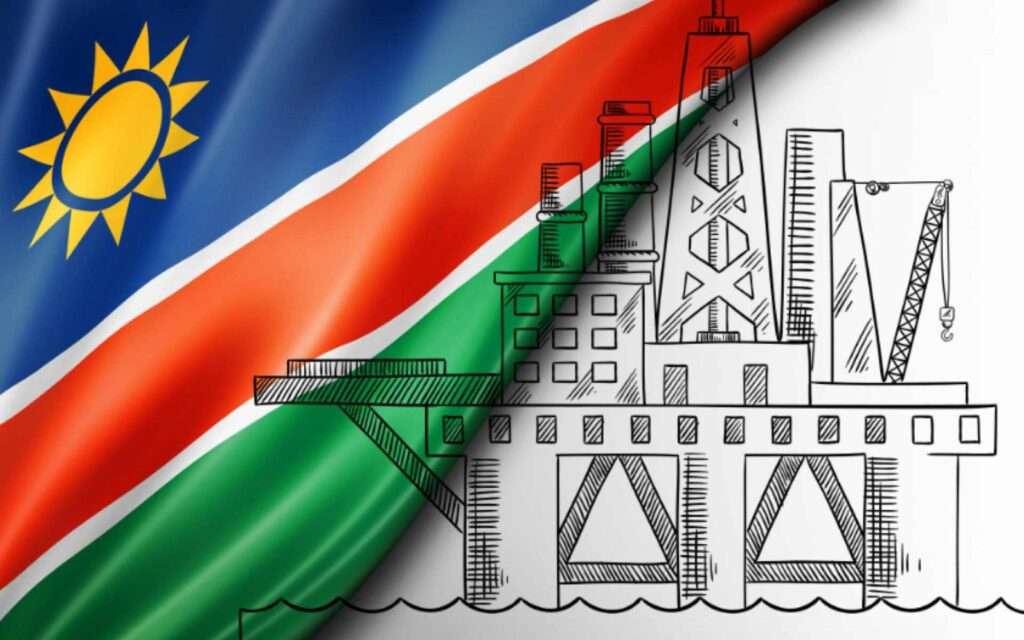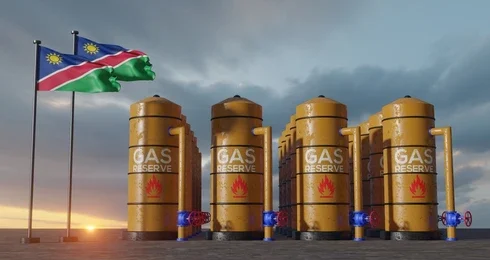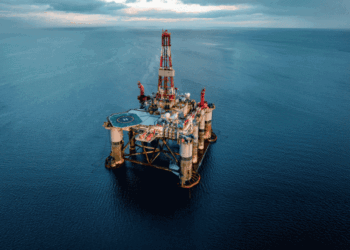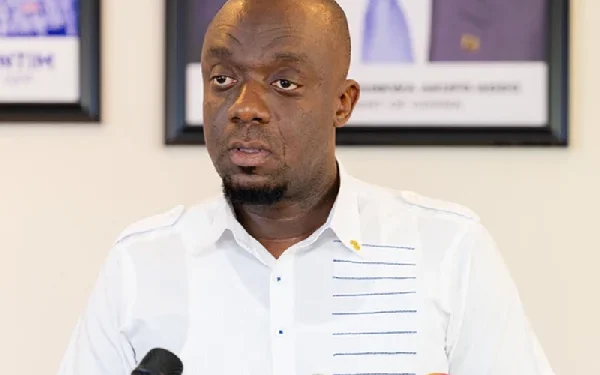Namibia’s national oil company, NAMCOR, has revealed promising production potential of over 2.5 million tons of natural gas per year, based on preliminary assessments from discoveries made since 2022.
The announcement, made during the Namibia International Energy Conference, positions the country as a rising player in Africa’s natural gas market and outlines an ambitious roadmap for commercializing its growing reserves.
Speaking at a panel on gas monetization strategies, Mtundeni Ndafyaalako, Executive of Upstream Development & Production at NAMCOR, outlined the dual-pillar approach underpinning Namibia’s gas strategy.
“We have launched a gas monetization strategy project to support both government and industry on how best to commercialize gas.
“From our appraisals, we now have a clearer picture of production potential and various applications.”
Mtundeni Ndafyaalako, Executive of Upstream Development & Production at NAMCOR
NAMCOR’s strategy rests on two key pillars. The first emphasizes policy alignment and infrastructure development, promoting legislative reforms to foster collaboration among industry players.
The second focuses on expanding exploration to identify and quantify additional reserves, thereby ensuring a robust resource base for future gas exports and domestic utilization.
This approach is designed not only to attract investment but also to clarify Namibia’s value proposition to international energy partners.
According to Ndafyaalako, the plan is aimed at “creating a transparent pathway for new players to understand the investment landscape.”
Namibia’s Local Content as a Cornerstone

Manfriedt Muundjua, Deputy General Manager at BW Kudu, underscored the importance of local capacity building in Namibia’s gas development.
BW Kudu, the developer of the Kudu Gas Field, is currently placing Namibian interns in all technical roles previously filled by international staff, supporting long-term workforce development.
“We are integrating four pillars of local content – training, skills transfer, local procurement, and local ownership – into our operations.
“This ensures that Namibians remain at the center of this sector’s future.”
Manfriedt Muundjua, Deputy General Manager at BW Kudu
Muundjua also confirmed that a downstream investment partner is ready to join once Kudu Gas enters production, further reinforcing NAMCOR’s emphasis on the importance of end-to-end infrastructure.
Paul Eardley-Taylor, Head of Oil & Gas Coverage for Southern Africa at Standard Bank, noted that while upstream opportunities are growing, downstream investment remains critical.
“Namibia needs a ‘shadow infrastructure’—a coordinated network of public-private partnerships that can address energy shortages by leveraging natural gas.”
Paul Eardley-Taylor, Head of Oil & Gas Coverage for Southern Africa at Standard Bank
He suggested that oil revenues be directed toward building gas infrastructure and developing local energy markets.
Eardley-Taylor highlighted Namibia’s potential to become a regional energy supplier, filling a gap once dominated by South Africa.
With demand for stable power rising—especially among critical mineral processing industries—Namibia is well-positioned to offer both energy reliability and resource synergy.
Ian Thom, Research Director for Upstream at Wood Mackenzie, advocated for Namibia to prioritize domestic energy use over raw gas exports.

“Namibia could generate more value by exporting electricity rather than raw gas, given the limited infrastructure for gas exports and the high costs associated with building it.
“With only 59% of the population connected to the grid, natural gas has the potential to dramatically improve access to power.”
Ian Thom, Research Director for Upstream at Wood Mackenzie
Thom expressed confidence that Namibia could implement a comprehensive Gas Master Plan within the next nine months, marking a crucial step in aligning production with national development goals.
Looking ahead, Namibia’s gas ambitions will take center stage at African Energy Week: Invest in African Energies, set for September 29 to October 3, 2025, in Cape Town.
The event will feature dedicated sessions on Namibia’s upstream and downstream gas developments, project showcases, and deal-making opportunities.
With the strategic framework in place, committed upstream and downstream partners, and growing international interest, Namibia is setting a bold path forward.
The combination of legislative reform, local content integration, infrastructure investment, and regional energy vision places Namibia at the forefront of Africa’s next gas frontier.




















